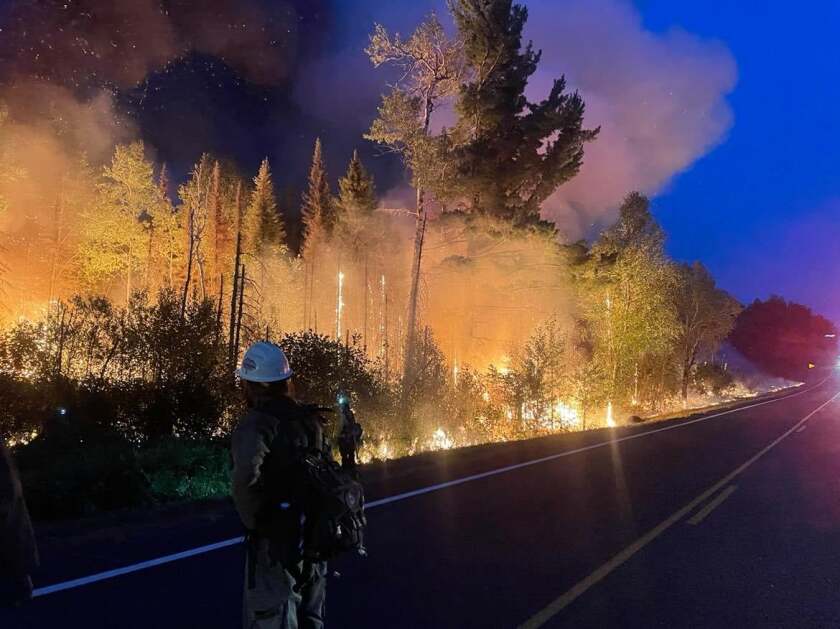DULUTH — To keep global temperatures from increasing more than 1.5 degrees Celsius, or 2.7 degrees Fahrenheit, above pre-industrial levels, the goal laid out in the 2015 Paris Agreement, emitters must cut carbon dioxide emissions.
But some of the greenhouse gas already in the atmosphere will need to be removed and stored, too, according to the by the United Nations’ Intergovernmental Panel on Climate Change. “Durably stored” carbon is “a requirement to stabilise CO2-induced global surface temperature increase,” the panel's report said.
ADVERTISEMENT
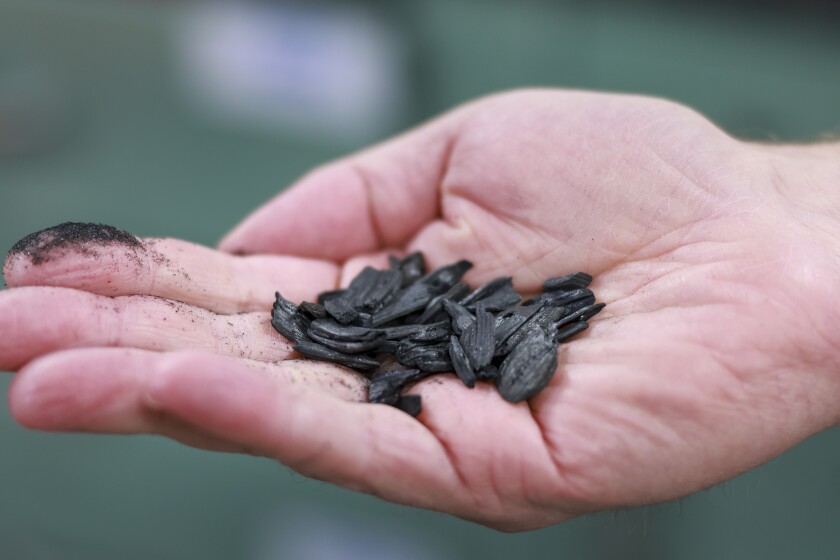
Enter biochar, a charcoal created when organic waste or biomass is heated in a low-oxygen environment, a process called pyrolysis.
Trees store carbon but letting them decompose naturally or burn releases that carbon back into the atmosphere. And under some conditions, a decomposing tree can also release methane, an even more potent greenhouse gas.
But transform the wood with pyrolysis and add it to soil, mix it in with concrete or with it, and that carbon stays in the biochar.
“It’s transforming the form of carbon into a recalcitrant form of carbon material that lasts a much longer time, whether you put in the soil or you put into a material,” said Eric Singsaas, materials and bioeconomy research group leader at the University of Minnesota Duluth’s Natural Resources Research Institute. “Either way, it’s going to prevent it from turning back into carbon dioxide and going back into the atmosphere.”
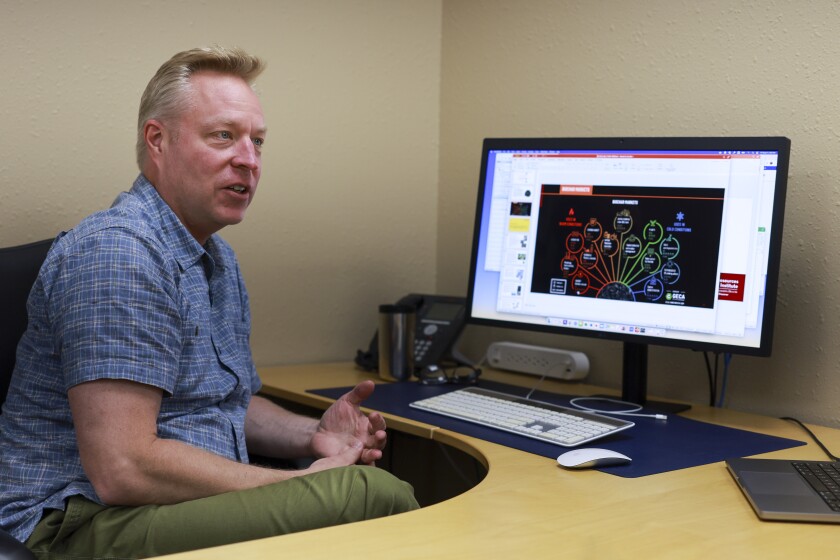
A affirmed “biochar carbon persists in soil for hundreds to thousands of years” and can help create favorable conditions for root development by boosting the soil’s water availability and porosity and lowering its acidity.
It can be used in other ways, too.
In a ground-floor lab at NRRI’s Hermantown facility, postdoctoral associate Tadele Haile and chemistry graduate student Johanna Jernberg monitored contaminated water dripping into a series of PVC pipes filled with biochars, each made of different materials, prepared in different ways or mixed with different ratios of sand. Preliminary findings show one of the forms of biochar removed 70%-80% of E. coli in the water, compared to about 30% removal in the column of sand, the experiment’s control.
ADVERTISEMENT
The NRRI has a pilot project using biochar to catch runoff from a parking lot in the Twin Cities before it reaches the Mississippi River, and Singsaas said biochar could be placed alongside roads to filter oil, metals and other contaminants as they wash off the roads.
“Not only is it doing that environmental job of keeping our lakes and streams clean, but at the same time, you’re sequestering carbon, atmospheric carbon, and you’re giving it a job,” Singsaas said.
Through a Department of Energy grant, the NRRI is scaling a process to replace the use of coal in the steelmaking process with a mixture of biochar and steel waste. Similarly, NRRI has partnered with Eagan, Minnesota-based lead recycler Gopher Resources, to replace coal with biochar to convert lead oxide back to lead when recycling car batteries.
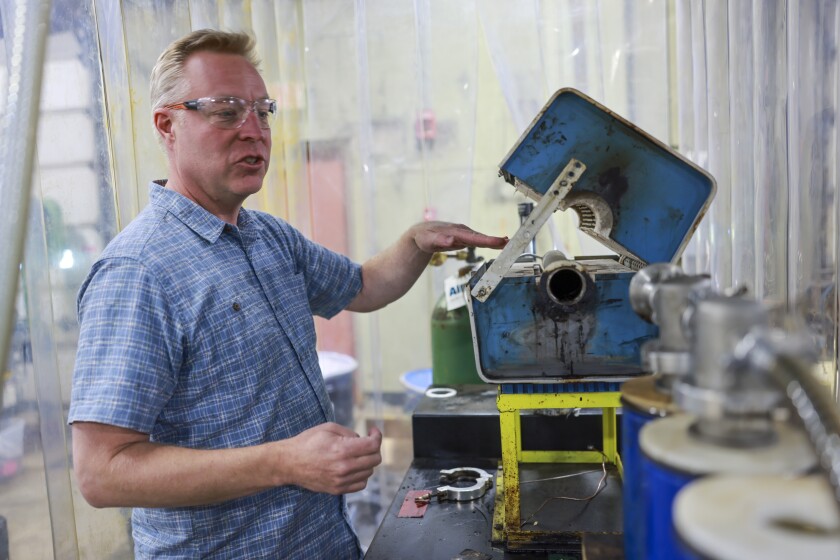
Though that biochar wouldn’t sequester carbon for thousands of years like biochar in the ground, it would displace the use of fossil carbon like coal, Singsaas noted.
Biochar can be made from different materials, prepared at different temperatures and processed into different shapes, and researchers are still figuring out what combinations work for different applications.
Biosolids from a wastewater treatment facility can be turned to biochar, but that waste can be high in heavy metals and PFAS.
The source of the biochar must also be sustainable. Forests, which already store carbon, should not be clear-cut to make biochar, the UN warned in its Intergovernmental Panel on Climate Change report.
ADVERTISEMENT
“However, afforestation or production of biomass crops for bioenergy with carbon dioxide capture and storage or biochar can have adverse socio-economic and environmental impacts, including on biodiversity, food and water security, local livelihoods and the rights of Indigenous Peoples, especially if implemented at large scales and where land tenure is insecure,” the report said.

But if a biochar industry emerged in the Northland, it could source its material locally, from waste materials that would otherwise burn.
Patrick Johnson, forest fire management officer for the Superior and Chippewa national forests, said Forest Service crews remove about 500 acres of forest underbrush to reduce fire fuels while letting the surrounding larger, mature trees continue to grow.
Balsam fir, which burns easily and doesn’t have a market, makes up much of what’s removed.
After it’s removed, it’s piled on-site and left to dry for a year or so. Then it’s burned.
“There’s nothing we can really do with it. It’s not strong enough timber to turn into any sort of dimensional lumber, a lot of it is dying so it isn’t very good for turning into pulp paper and stuff either,” Johnson said. “And there’s just a limited market for our balsam fir, the small diameter aspen, spruce that isn’t big enough for sawn timber.”
Now, the thinning of fuels is limited to areas that pose a risk to property. But if there’s a biochar market, and more money to pay for that removal, it might allow the Forest Service to double their fuel removal efforts, Johnson said.
ADVERTISEMENT
“If there’s a biochar option, we would be able to — instead of just stacking it and burning it on-site — we’d be able to turn it into some sort of useful product,” Johnson said.
But for the biochar market to take off, it needs the right incentives.
“(Biochar is) pretty well understood in the scientific community to be a functional solution that’s ready to go,” said Carrie Masiello, professor of earth, environment and planetary science at Rice University in Houston. “The trick is finding the right reward structure to make sure that people who use it get lots of benefits, both in terms of crop yielded or whatever environmental benefit they’re hoping for, or if they participate in a carbon market, that their work is recognized appropriately.”
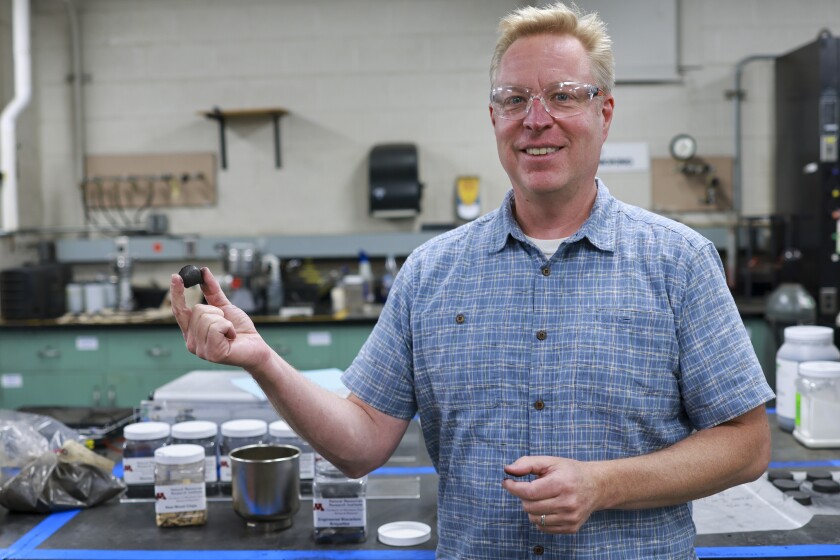
One way of incentivizing more biochar is through carbon offsets, something an individual or company can purchase that would then fund a project to store carbon. However, the industry has largely overstated the amount of carbon it can save in forests and harvested wood products, according to .
The practice is also routinely is criticized for allowing companies to justify the continued emission of greenhouse gases while branding themselves as environmentally friendly, a practice called “greenwashing.”
Masiello, who has authored several dozen articles on biochar, is now focused on policy solutions.
“I think it’s widely understood that we absolutely need to give people an economic incentive for doing the right thing. We can not hang our climate success on people voluntarily spending their own money and finding the right economic construction for our county, the United States, for different types of counties, that’s going to take some thought and some work.” Masiello said.
ADVERTISEMENT
Right now, the carbon market incentivizes doing something that wouldn’t otherwise happen, called additionality.
For example, some offsets go toward preserving forests that aren’t threatened and would remain there anyway — carbon offset or not.
Masiello gave the example of a wind farm built someplace where wind is already cheaper than coal. “That’s not additional,” Masiello said.
But apply that to a farmer who could add biochar to their soil to increase their crop yield. Suppose it allows them to turn a small profit. In that case, a carbon market might judge that as not additional as the landowner would have the economic incentive to do that anyway, Masiello said.
“And so what you can end up with is a bunch of landowners, a bunch of farmers, who just throw their hands up in the air and they're like, ‘What do you want us to do? Do you want us to be part of this? Or do you not want us to be a part of this?’”
Rewarding carbon storage must be in concert with emission reductions, Masiello said.
“We have to turn off the tap. We have to stop emitting CO2,” Masiello said. “But we’re far enough along here that not only do we have to stop emitting it, we probably — we definitely — need to be pulling some out of the atmosphere too. And so that’s what biochar can do for us.”
ADVERTISEMENT



